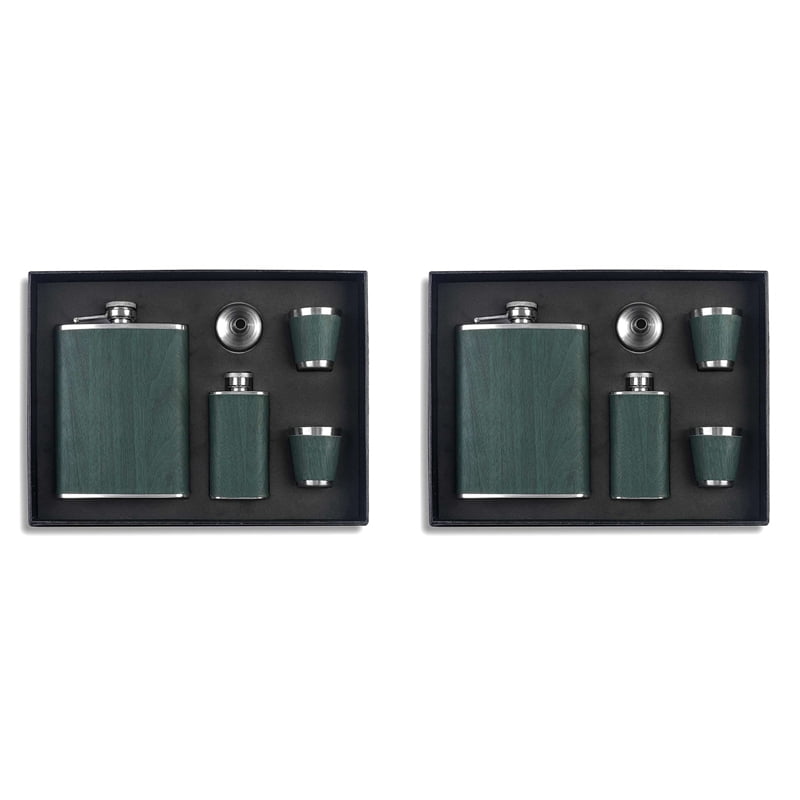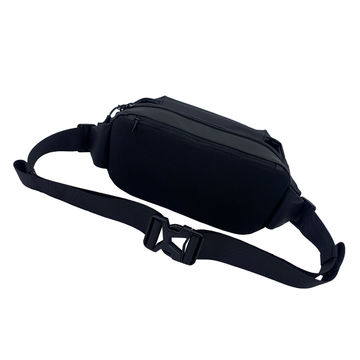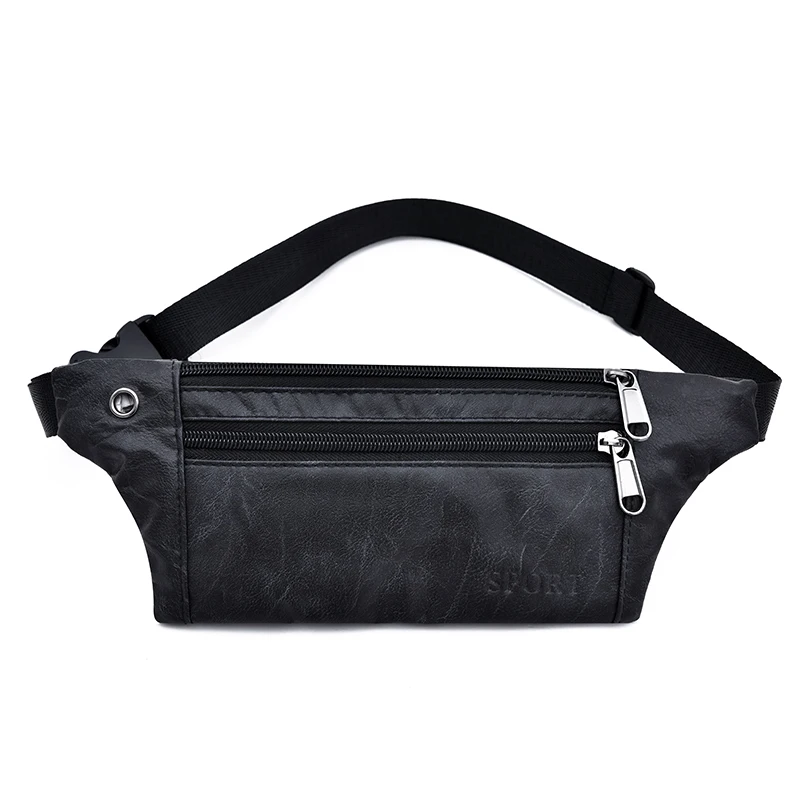Riñonera Hombre Mujer Deportiva Unisex Con Cinturón Ajustable Extendido De 60 Cm Y 4 Bolsillos Con Cremallera Bolsa Para Entrenamiento Al Aire Libre Viajes Casual Correr Senderismo





Productos similares que te pueden interesar
¡Creemos que esto puede interesarte!

Claro Horizontal Nombre Etiqueta Badge Titulares Con Ropa
37€

Frasco Para Licor Y Embudo - Frasco De Bolsillo De Acero Inoxidable 18/8 A Prueba De Fugas De 8 Onzas Con Cubierta De Cuero Negro Para Beber Alcohol Discreto, Whisky, Ron
18€

Batidora Semiautomática Batidora De Leche Y Huevos Espumador De Leche Para Mezclar Batir Batir Y Revolver
6€

Gorra Curva De New York Yankees MLB Hand Stitched Chambray 59FIFTY LP Cerrada 60668411
16€

Moleobea Sudadera Con Capucha Kawaii Meow Cat Ear Para Mujer, Diseño Japonés, Negro Y Blanco, Linda Ropa De Calle, Otoño E Invierno, Negro
25€

Quitapelusas Eléctrico, Removedor De Pelusas De Tela Recargable Con 6
13€

Zapatos Niño Marca Chicco Modelo Delio
22€

ATLAS FILTRI Nádoba Filtra DP 7
12€
Descripción
Compartimento para botella de agua con correas elásticas: Sujeta fácilmente una botella de agua estándar (500 ml), Añadimos una cuerda elástica anticaída para que esta riñonera negra de running mantenga eficazmente tu botella estable y segura mientras corres o haces footing. Todo en uno y con estilo: La riñonera viaje riñonera grande mide 14., 5inx1., 9inx6., 7in (Por favor, mida el tamaño antes de comprar). Riñonera clásica para hombre y mujer1., Una gran manera de liberar sus manos: Con 5 bolsillos de la bolsa de la cintura, lo suficientemente grande como para llevar todos sus elementos esenciales como el teléfono, dinero en efectivo, tarjetas en los bolsillos por separado, ya no preocuparse por sus objetos de valor, mientras que correr, andar en bicicleta o de viaje, y usted puede estar relajado con las manos libres., 2., This riñoneras bumbags para las mujeres los hombres está hecho de material Oxford impermeable ligero (sólo 0,28 kg), esta bolsa de la cintura es durable, pero usted no sentirá ningún voluminosos cuando usted lo usa, es tan ingenioso como una bolsa al aire libre, el bajo perfil pero aspecto elegante coincidirá con varios estilos de ropa y diferentes ocasiones., 3., High hebilla de ajuste de calidad puede ajustar la longitud de la correa de hombro de acuerdo a su height. Riñonera de tejido de alta densidad:Nuestra riñonera tiene salida de auriculares, superficie de nylon 900D resistente al agua y el compartimiento de bolsillo de la botella de agua oculta en única riñoneras hombre. (Consejo: Botella y otras cosas no incluidas). Riñonera funcional informal para hombre y mujer, bolso de cintura No es sólo una wasit pack pero también podría ser un riñonera adolescente chico para caminar, correr, montar en bicicleta, senderismo, viajes, ferias, conciertos y mercados de agricultores, etc. Ilustración de Juego De Bolso De Cintura Deportiva Pixel Art... Riñonera Pequeña Mujer Riñonera Hombre Mujer Deportiva Unisex Con Cinturón Ajustable Extendido De 60 Cm Y 4 Bolsillos Con Cremallera Bolsa Para Entrenamiento Al Aire Libre Viajes Casual Correr Senderismo Riñonera Impermeable High hebilla de calidad se puede abrir y cerrar decenas de miles de veces, hebilla fija le permite evitar la molestia de deslizamiento y caída de la correa., 4., Perfecto para viajes, conciertos, senderismo, ciclismo, pasear al perro, festivales, fiestas, conciertos de música, parques temáticos, etc. La riñonera hombre con soporte para botella de agua tiene un cinturón ajustable de 17,7« a 47,2», que permite a los usuarios personalizar la riñonera para un ajuste seguro y cómodo. La hebilla ajustable y resistente hace que sea fácil de poner y quitar.
Opiniones
4.6/5
Puntuación general de 83 opiniones de clientes
5
4
3
2
1
Estás aquí:













![Anclajes De Suelo Anclaje De Suelo Para Cama Elástica, Resistente [J-U] Metal 32 Cm Piquetas De Suelo Piquetas De Tierra Galvanizadas Estaca De Construcción Clavos Para Ancla De Tierra](https://m.media-amazon.com/images/I/81m6uPUFBmL.jpg)